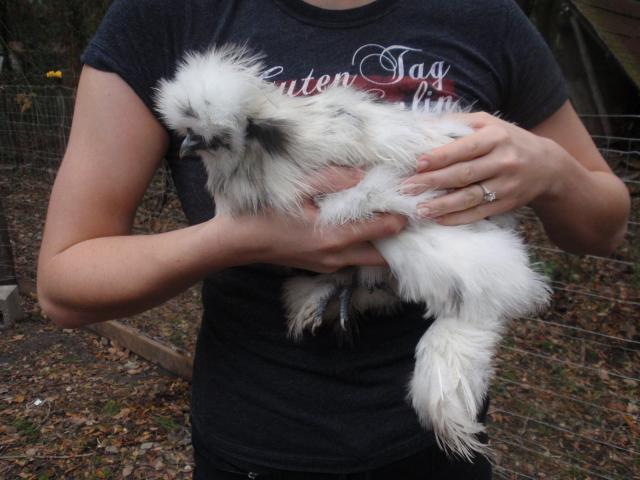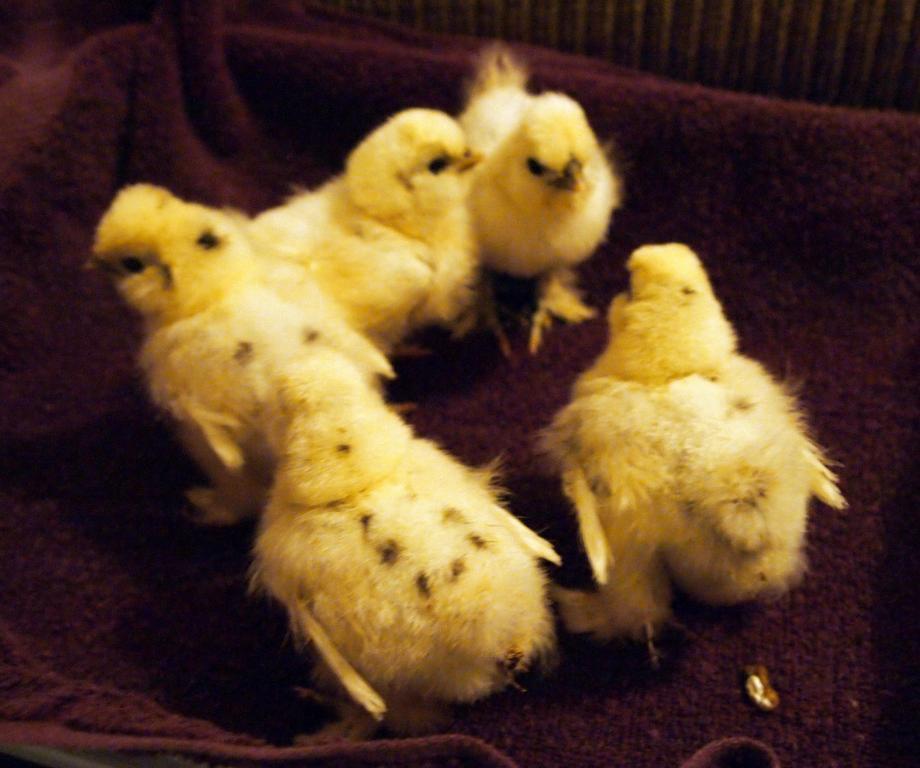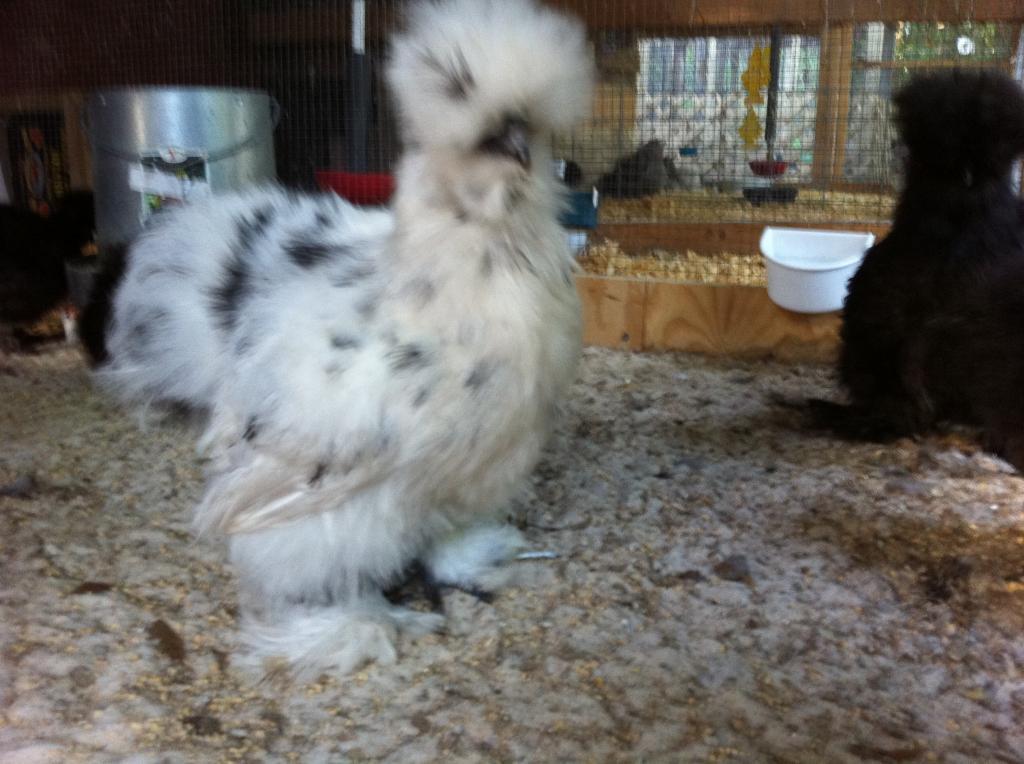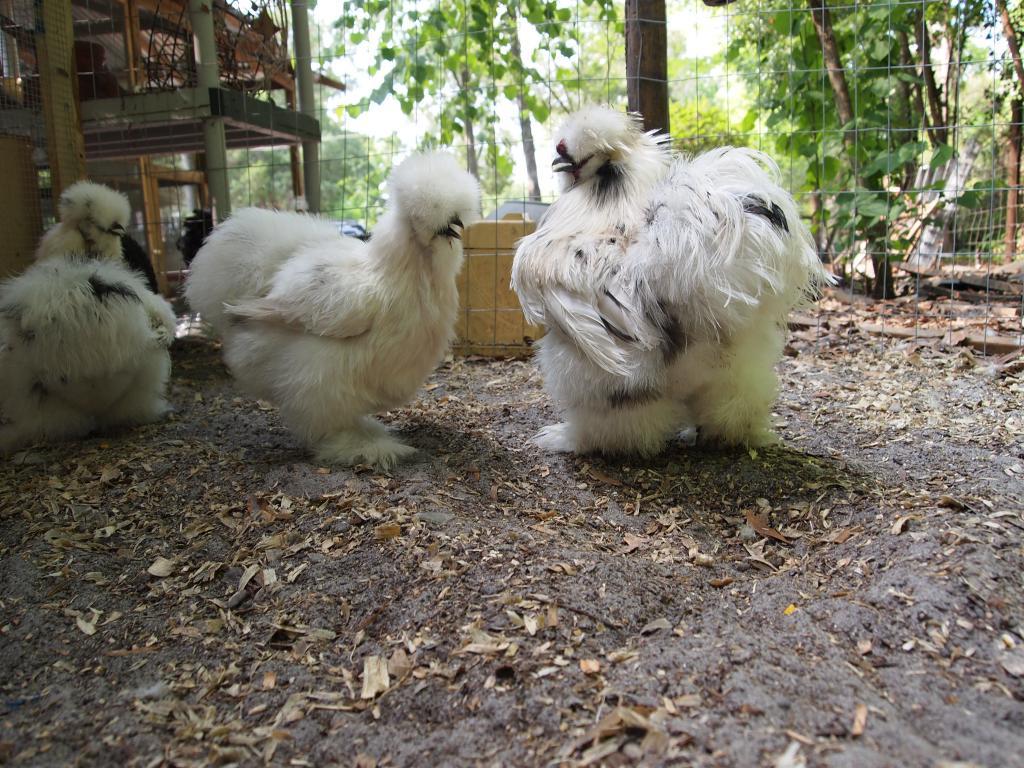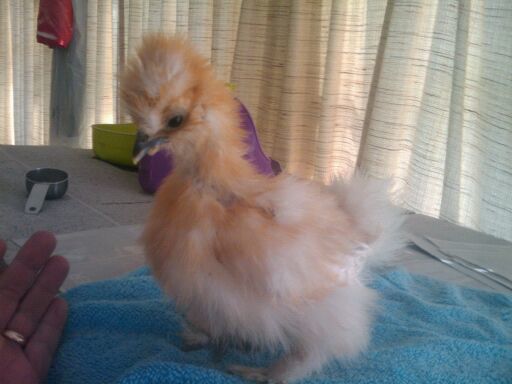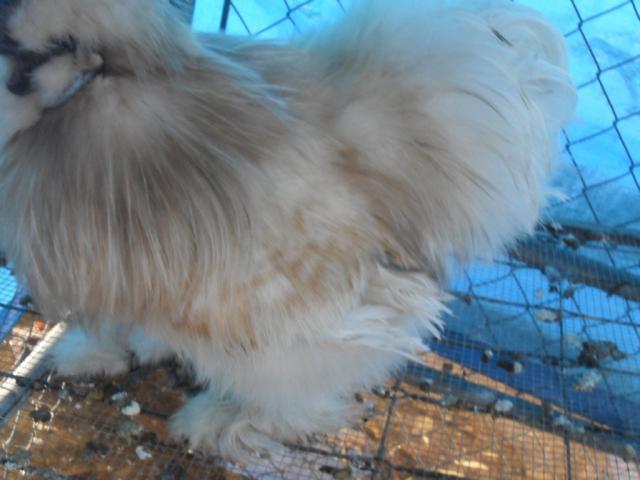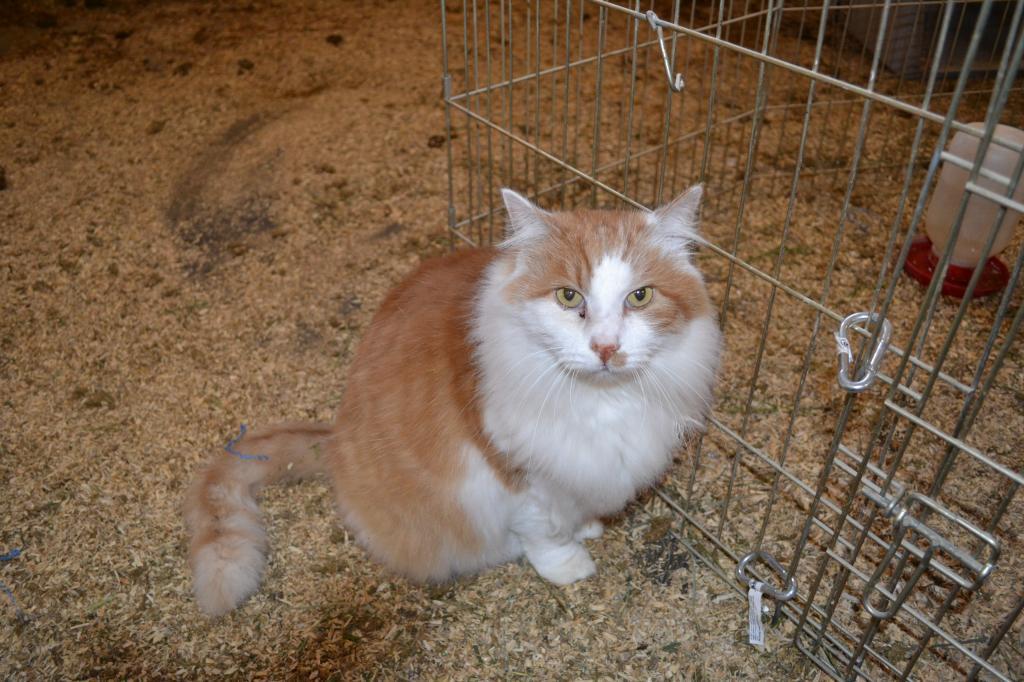- Thread starter
- #80
Sometimes paint chicks are hatched that are the smokey grayish bluish that you sometimes see on silver based white babies. I just saw a couple of them but didn't notice if they had spots. I'm thinking that they didn't but will check and let you know. My chick in the pic below has some of the bluish/grayish tint. Judy's are solidly that color with no yellow or white until the wing feathers start growing and they are stunningly white! As a comparison, the picture below the chick is of this same chick as a grown pullet.
Judy Lee has not kept those chicks, so there is no way to know at this time if they are recessive or dominant silver based white birds. I know that I will be keeping any that I have that hatch and doing a trial breeding to see what they produce.
Edited to give credit to Cat Dance Silkies as the chicks that I hatched were from her eggs!!
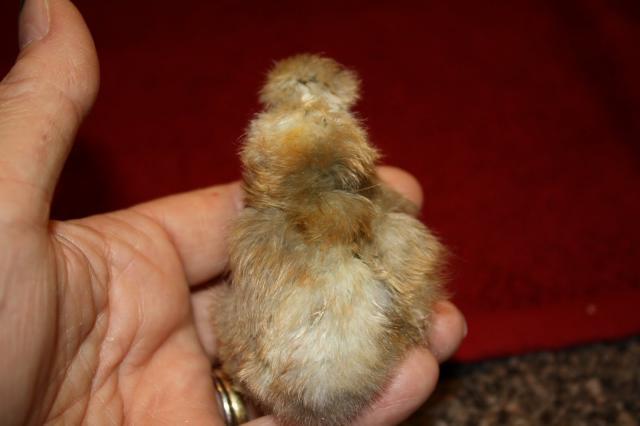
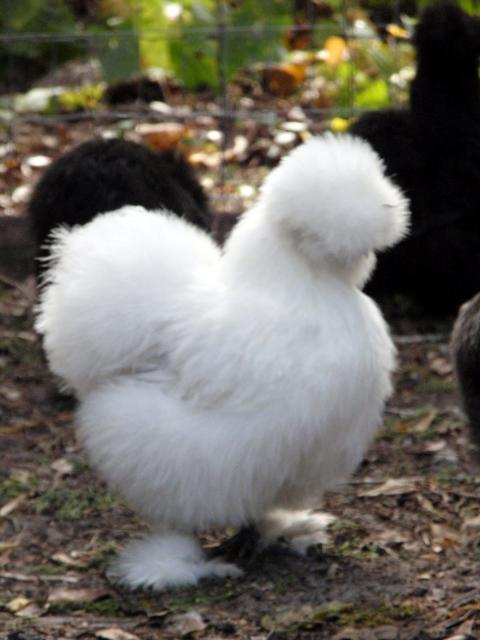
Judy Lee has not kept those chicks, so there is no way to know at this time if they are recessive or dominant silver based white birds. I know that I will be keeping any that I have that hatch and doing a trial breeding to see what they produce.
Edited to give credit to Cat Dance Silkies as the chicks that I hatched were from her eggs!!


Last edited:


